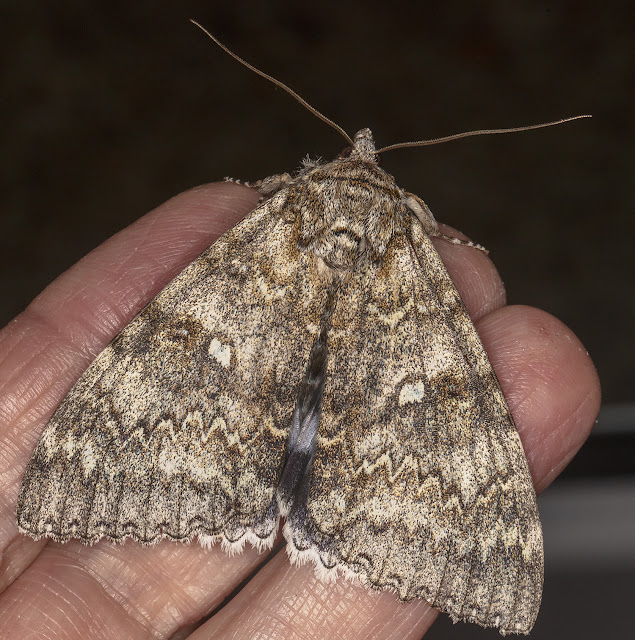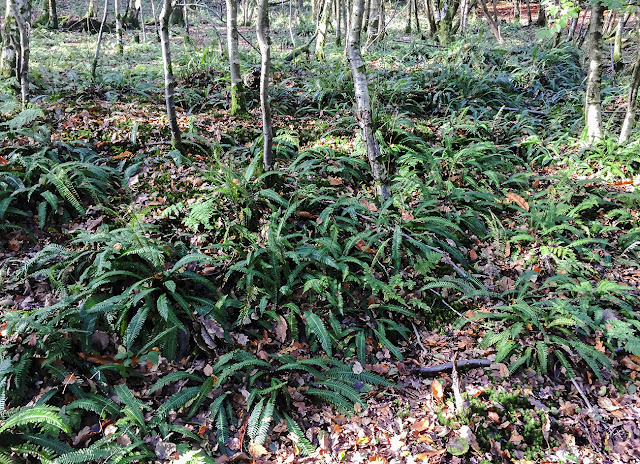 |
| Gatekeeper, Pyronia tithonus. Crowborough Country Park, 6 July 2018. |
Crowborough Country Park is a small but scenic area managed by our local ranger. It was a clay quarry as recently as 1980, and has since been improved as an amenity and nature reserve. I walked round today and saw many butterflies. We have had two weeks of hot dry weather, and yesterday a thunderstorm gave everything a thorough wetting. The sun's back today and the butterflies love it.
The top photo is the first Gatekeeper I have seen this year. It was in a pleasant glade.
 |
| Holly Blue, Celastrina argiolus. Crowborough Country Park, 6 July 2018. |
On the way up to the glade I saw this Holly Blue on the path. I had to follow it round to get this photo. That is true of almost all my butterfly photos and all the day-flying moth shots, too.
 |
| Speckled Wood, Pararge aegeria. Crowborough Country Park, 6 July 2018. |
The glade was being shared by Meadow Browns, Ringlets, Speckled Woods like this one, Gatekeepers like the one at the top, some white butterflies - some definitely Large Whites, some might have been Small Whites but they didn't stop near enough for me to tell. And this big orange beauty feeding on a Marsh Thistle:
 |
| Silver-washed Fritillary, Argynnis paphia. Crowborough Country Park, 6 July 2018. |
A male Silver-washed Fritillary. It was keeping high and I could not get really close, but this photo shows it nicely. These Fritillaries are not really rare, their population is fairly stable, but they are still marked as of some concern, so it's good to see them.
Also in the glade was a small moth, a Straw Grass-veneer:
 |
| Straw Grass-veneer, Agriphila straminella. Crowborough Country Park, 6 July 2018. |
Properly called Agriphila straminella. This and other similar moths do not fly by day by choice, but they are very easily disturbed and they fly around to look for another resting-place.
On my way out I passed one of the park's ponds and photographed this Large Red Damselfly:
 |
| Large Red Damselfly, Pyrrhosoma nymphula. Crowborough Country Park, 6 July 2018. |
There were no dragonflies there at that time, but I had seen one earlier and I was told there were nymphs in the pond, so I'll probably see more later.












































